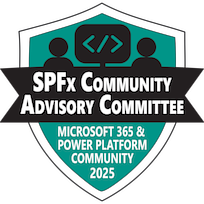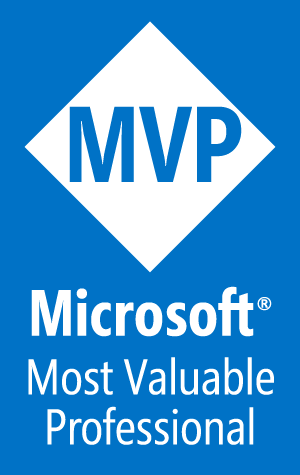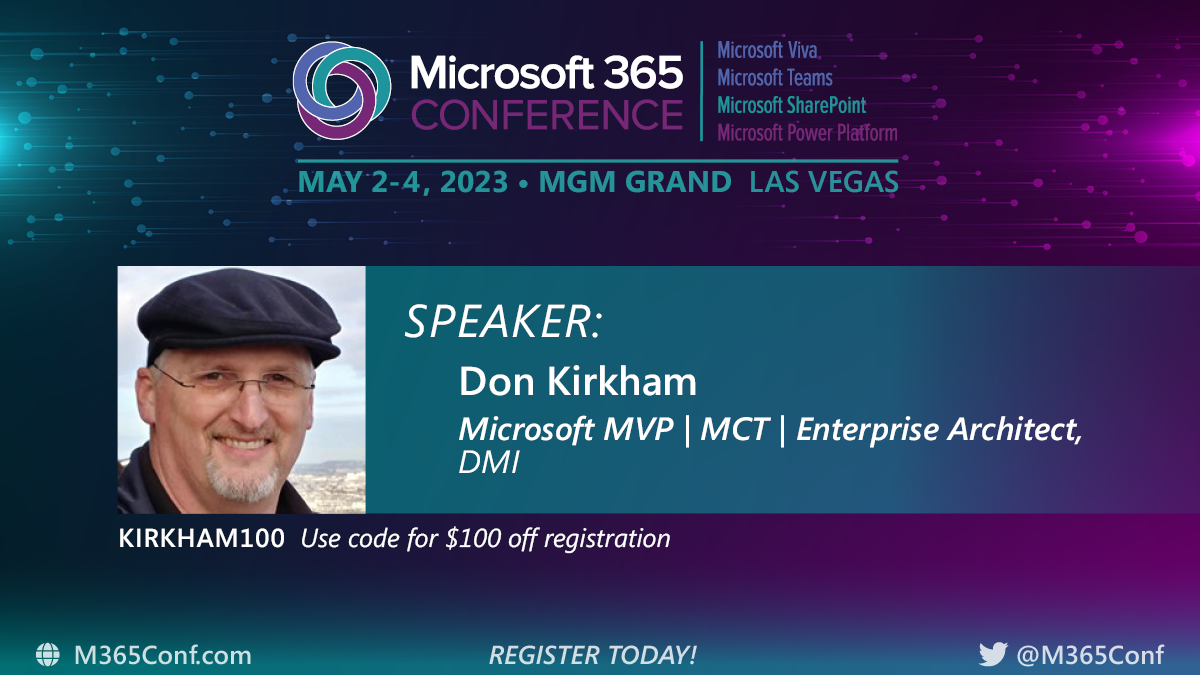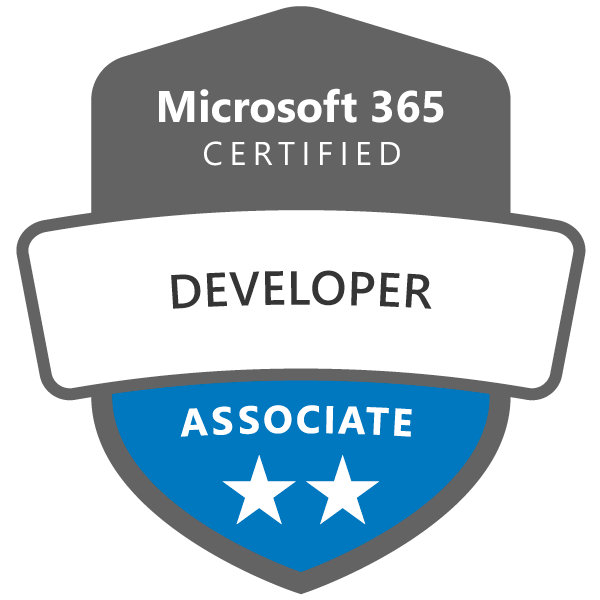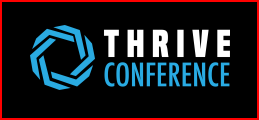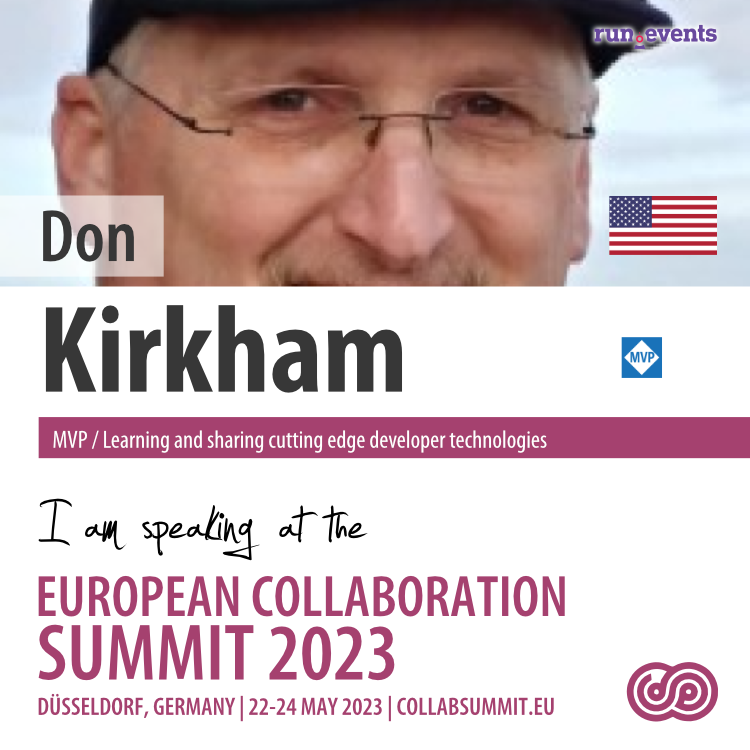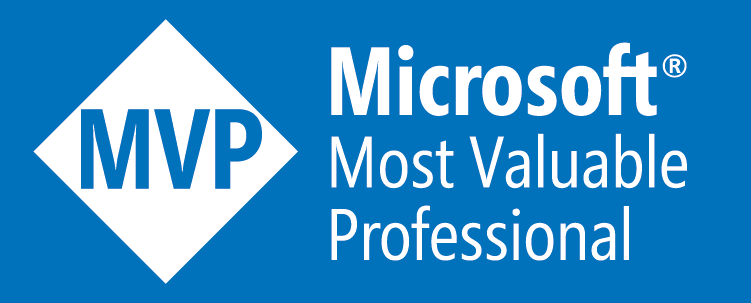
Using Multiple Desktops for Presentations
Have you ever sat through a presentation, watching the presenter struggle to find the next browser tab, code window, slide deck, etc., to continue the show? Or watch that awkward transition from slides to demos and back? Or the presenter uses Alt-Tab, but has dozens of apps open and struggles to find the right one? I know you have and it might have been one of my sessions! I learned a while back about a technique to make your presentations just flow from one section to the next. If you are using Windows, multiple desktops make these transitions fast and seamless.
